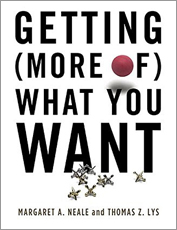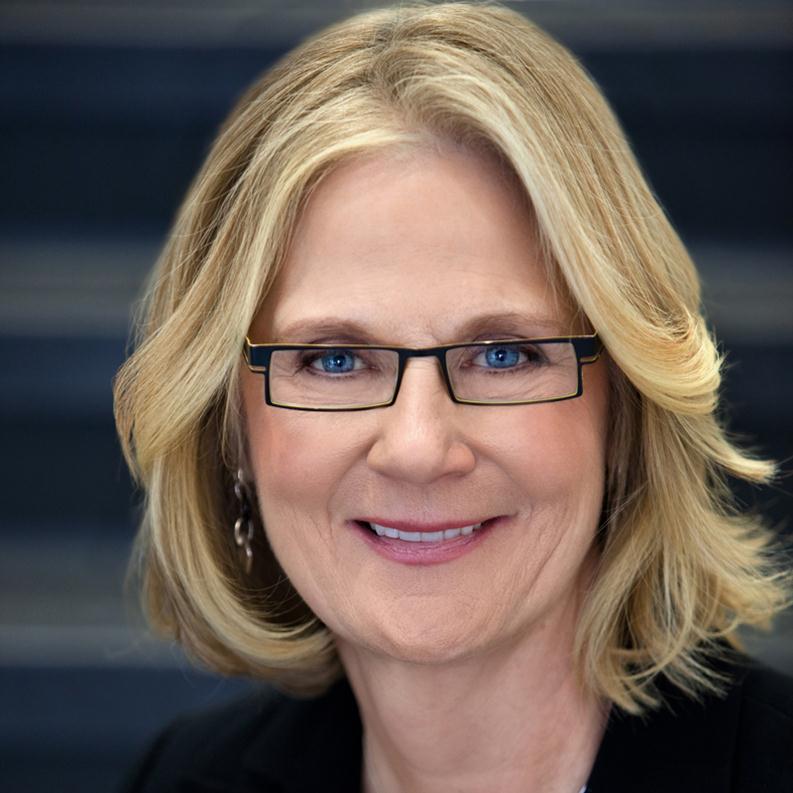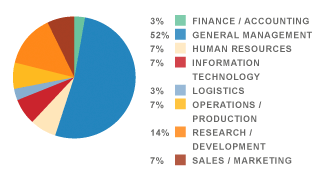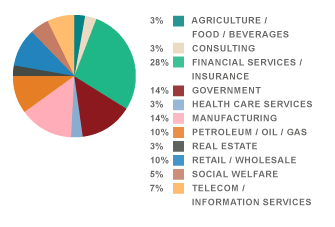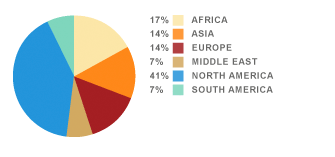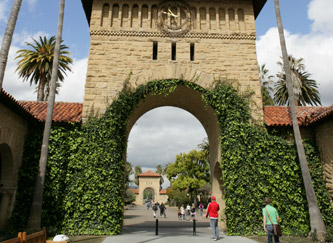— Henk de Jager, Deputy Vice-Chancellor: Academic Central University of Technology, Free State, South Africa MTIS 2013
- Our Difference
- Programs
- Program Finder
- Custom Programs
- Program Menu
- Program Menu
- General Management
- Stanford Executive Program: Be a Leader Who Matters
- Executive Leadership Development: Analysis to Action
- Executive Program for Growing Companies
- Managing Teams for Innovation and Success
- Stanford-National University of Singapore Executive Program in International Management
- The Corporate Entrepreneur: Driving Innovation and New Ventures Program
- The Emerging CFO: Strategic Financial Leadership Program
- The Innovative Technology Leader
- Corporate Governance
- Financial Management
- Innovation
- Marketing
- Negotiation
- Online
- Organizational Leadership
- Personal Leadership
- Advanced Leadership Program for Asian-American Executives
- Executive Leadership Development: Analysis to Action
- Executive Program for Women Leaders
- Executive Program in Leadership: The Effective Use of Power
- Interpersonal Dynamics for High-Performance Executives
- LGBT Executive Leadership Program
- Managing Teams for Innovation and Success
- Strategy
- Technology and Operations
- International Programs
- Webinars
- Admissions

